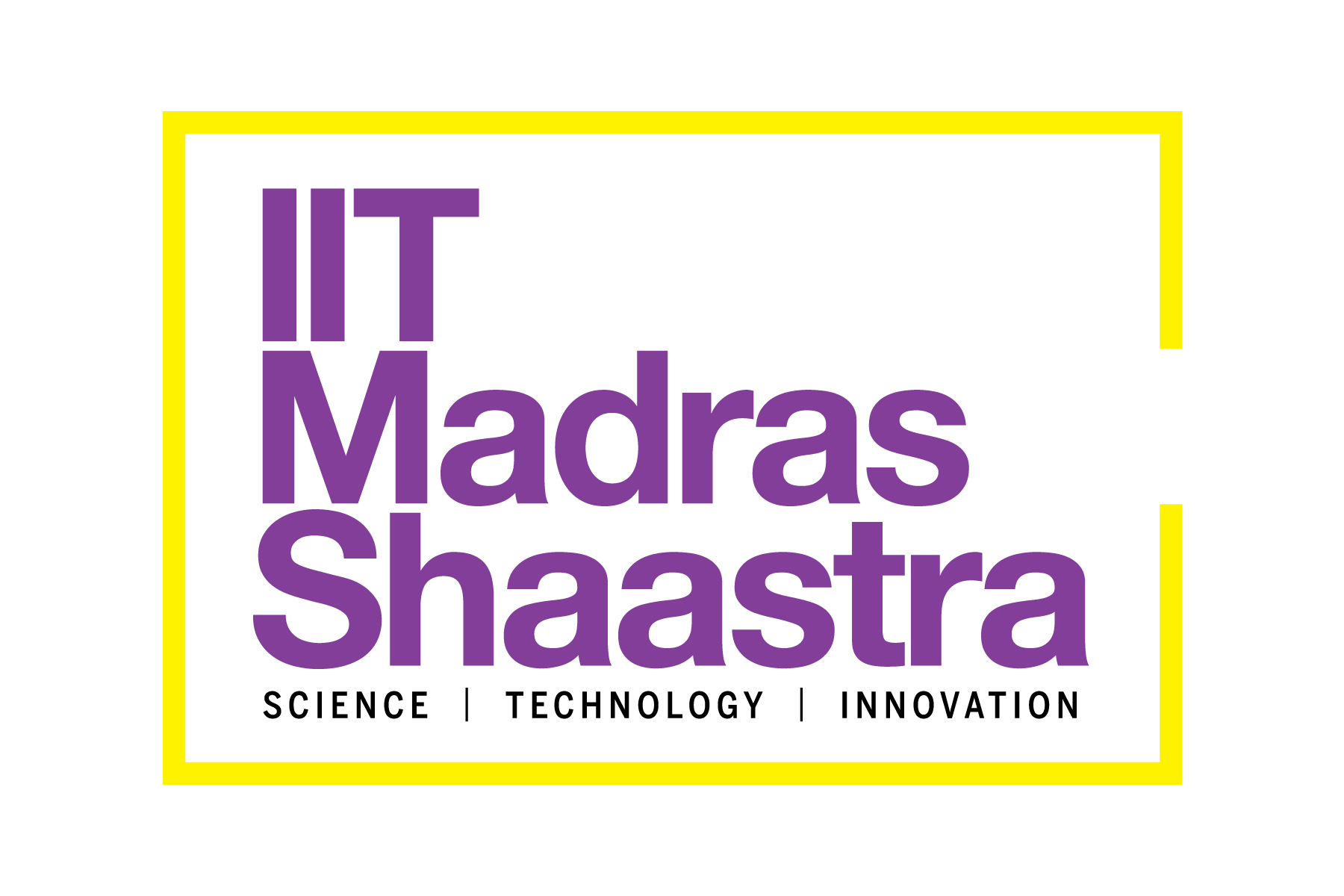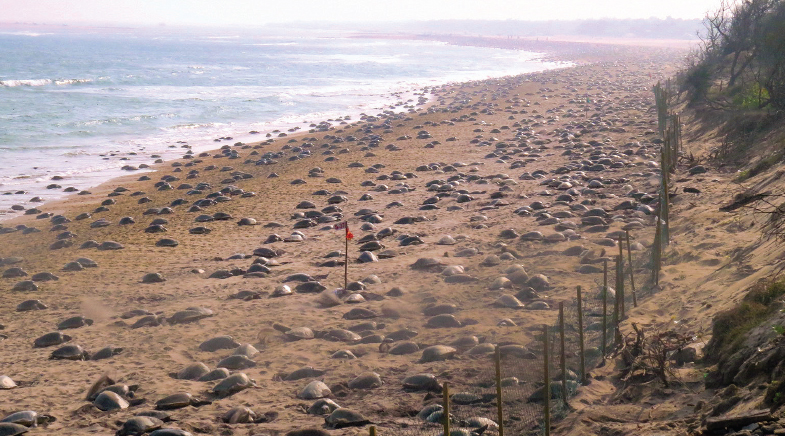This glass may be scratch-proof
-
- from Shaastra :: vol 04 issue 01 :: Feb 2025

A graphene oxide-based coating promises to make glass scratch-resistant.
From windshields to building facades and from mobile displays to television screens, glass plays a crucial role in everyday life. It is, however, as fragile as it is useful. Surfaces are prone to scratches and cracks, bombarded by abrasive dust particles, and exposed to rain, wind and sunlight — compromising their service life and function.
Over the past decades, researchers have created novel ways to safeguard glass. But they often pose problems, too. Polymer and plastic coatings are generally used to protect glass surfaces from scratches and cracks, but they can peel off or stop being effective. Besides, these coatings are several micrometres thick, affecting the transparency of the glass.
A team from the Indian Institute of Technology (IIT) Delhi offers a solution that could have a lasting effect. The researchers, led by Nitya Nand Gosvami, Associate Professor in the Department of Materials Science and Engineering, and N.M. Anoop Krishnan, Associate Professor in the Department of Civil Engineering, have developed a graphene oxide (GO)-based coating that significantly improves the scratch-resistance of glass surfaces. The team has been using computer simulations and experimental studies to examine the properties of GO coating.
Such scratch-proof coatings have wide applications in the glass industry, which has been growing steadily over the years. The consultancy firm Cognitive Market Research states that the global glass industry market, worth $108 billion in 2024, is expected to see a compound annual growth rate of 5.5% between 2024 and 2031 (bit.ly/glass-market).
REPELLING MOISTURE
In December 2024, the IIT Delhi team published two significant studies. One of them, published in the Journal of Non-Crystalline Solids (bit.ly/Gosvami) showed how GO coatings could make large-scale glass structures, such as glass panes and solar panel coverings, resistant to scratch. The second paper, in the journal Small (bit.ly/AnoopKrishnan), explained how the GO layer prevented moisture from reaching the glass surface.
Their early studies looked at atomic-level interactions between graphene and glass surfaces. They found that two of the key properties of graphene — strength and superlubricity — help the coating to tame both sheer and normal stress (force) on the surface. "Because of graphene's superlubricity, the shear stress drops dramatically when one tries to scratch it," Gosvami, who specialises in friction, explains.
A single GO layer is less than 1 nanometre (one-billionth of a metre) thick and will not affect the transparency of the glass.
Similarly, when force is applied to the glass, the strong carbon bonds in the graphene layer distribute the stress uniformly, leading to stress-shielding, he says. The stress can dent the glass only after puncturing the graphene layer. But the strong carbon bonds in the graphene prevent this from happening to a great extent, Gosvami adds.
The team found that the GO layer can also prevent moisture attacks on glass. "Some glasses are susceptible to moisture. Water or moisture content can propagate cracks further if they are already present. This is because water attacks silica networks in the glass," Gosvami says. The graphene layer is impermeable, so water molecules cannot pass through the graphene lattice. Graphene surfaces are hydrophobic, which can help keep glass buildings and solar panels dust-free. Further, a single GO layer is less than 1 nanometre (one-billionth of a metre) thick and will not affect the transparency of the glass.
The scientists subjected a GO-coated glass surface to a brutal test by scratching it with an abrasive sapphire ball with a 10-newton force (equivalent to the force required to move a 1-kg object at a speed of 10 metres per second). They found that the damage was significantly lower compared to regular soda-lime-silica glass.
"The work looks interesting," says C. Malla Reddy, Professor in the Department of Chemistry at IIT Hyderabad. "It is not possible to develop an ideal glass which is fully transparent and tough enough to withstand mechanical stresses to remain scratch-free. For this reason, scientists have been trying hard to develop surface coatings to make the surfaces resistant to scratch and other damage," Reddy says. The IIT Delhi team seems to have developed a simple and inexpensive method to form GO-based coatings for application over large areas, observes Reddy, who had earlier developed crystalline materials that mended themselves when broken (Hard materials that mend themselves).
As the next step, the IIT Delhi team plans to work with the industry to test the GO-coating technology in real-life conditions.
Have a
story idea?
Tell us.
Do you have a recent research paper or an idea for a science/technology-themed article that you'd like to tell us about?
GET IN TOUCH














